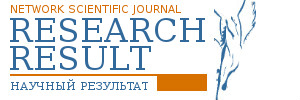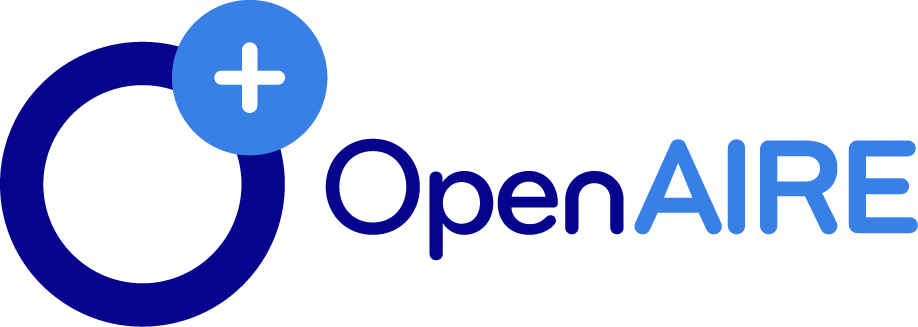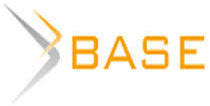The model of transition to dual pedagogical education in higher education
Introduction. Dual education is an integrative characteristic of practice-oriented education system. Dual education implies practical training on the basis of employing organizations. The authors did not aim to develop a model of dual teacher education as a whole. The aim of the article is to study the experience and describe the model of transition to dual pedagogical education through networking of educational organizations of different levels. Materials and methods: theoretical (analysis of scientific-methodological and normative-advisory literature, study of experience of higher educational institutions), empirical (observation). As a result, the necessity of introducing dual education in higher education was studied and theoretically substantiated; the principles and requirements of transition to dual pedagogical education were identified; the recommendations on updating the content of work programs from the position of increasing the proportion of practical activity of students in employing organizations were developed. The organization of dual education implies social and professional cooperation of regional authorities, specialized organizations and higher education organization. In addition to serious structural changes in the regulatory and legal field, documentation accompanying the implementation of the educational process, dual education implies the development of financial mechanisms of students' remuneration. The author does not touch upon the financial side of the issue in question, it is about the model of transition to the duality of pedagogical education. The content of methodological disciplines is mastered by students on the basis of the employing organization. Cooperation agreements are signed: with the representative of the employer, student and higher education organization, which stipulate the rights and responsibilities of all parties. Each student is assigned a teacher-mentor, who introduces the student to the corporate culture of the profile organization, provides the acquisition of professional skills, participates in the assessment of learning outcomes. Conclusions. To organize the transition stage of dual training it is necessary to review the content of practical classes, to determine the responsibilities of a teacher-mentor, to build a system of career guidance work with high school students.

















While nobody left any comments to this publication.
You can be first.